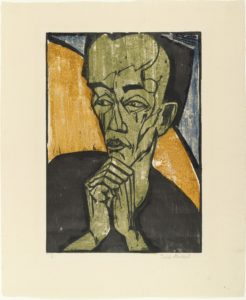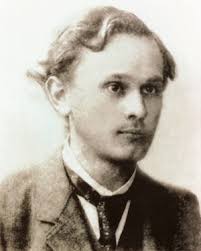
1883 - 1970
Erich Heckel
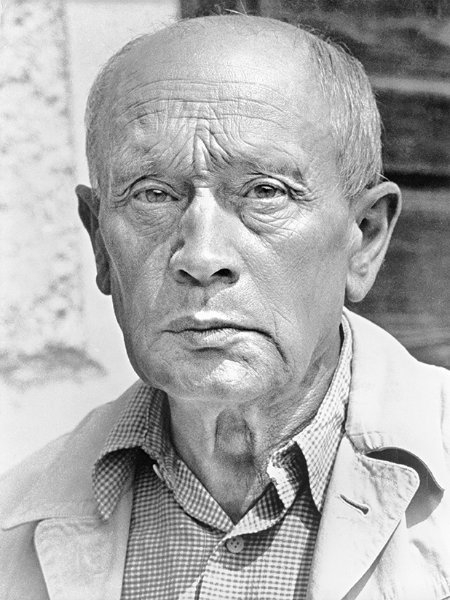
description
A German artist and innovator, graphic artist, engraver and sculptor, co-founder of the first German Expressionist association “Die Brücke” (“Most”, Dresden-Berlin).
While still in high school, he became friends with future artist Karl Schmidt and, together with the like-minded students, organized the community Vulcan. This community conducted discussions on the theory of art and on the works of their favorite authors (Nietzsche, Dostoevsky, etc.)
The very name of Die Brucke clearly indicated the desire of artists to create a bridge between the past and present art. However, they also declared the creation of new ways of artistic expression. Thus, borrowing something from the old masters of the German Renaissance (Durer, Grunewald, Cranach the Elder, etc.), taking something from Symbolism, Art Nouveau and especially from Fauvism, while relying on primitive art, Erich Heckel and his colleagues promoted the whole history of European (and world) fine arts to the synthesis of very different styles.
The art of “Bridge” and E. Heckel revived the traditions of late German Gothics – in particular, woodcut – to a very large extent. The movement contributed to the process, which made engraving a powerful means of self-expression of many masters of the 20th century.
The work of E. Heckel in 1937 was referred to “degenerative”, almost 730 works were confiscated from German galleries and museums; in 1944, bombs destroyed his studio in Berlin. Works of the master are in most major museums in Germany, in galleries of the United States and other countries; a large collection of Heckel etchings (over 40) is in the Metropolitan Museum of Art, New York.
Key ideas:
– Just like other artists who founded Expressionism, Erich Heckel sought to create authentic art, which would be unlike any traditional painting or the Impressionist school, which was dominant at that time. His works, diverse in subjects (human figures, landscapes, portraits, still lifes) were performed in a simplified style with an emphasis on bold outlines and large color planes.
– The artists of Bridge group worked at the area of the Moritzburg lakes – their unique style was formed there. As if in enlightenment, Heckel and his companions strongly mixed oil paints and easily applied them with wide, daring strokes to the canvas. Quickly creating color planes, the artist sketched out the main outlines, distorting the shape, ignoring the perspective for the sake of conveying his feelings and immediately influencing the viewer.
– The paintings were based on color blocks, almost without transient tones, as if the author feared that the inspiration would leave sooner than he finished the work and would be lost forever. As if passing a desire to express all at once in paints – the richness and joy of life, a momentary mood, love and hate – unexpected elements “fight” for the attention of the viewer, and people’s bodies have a sort of “war paint” with monstrous blue or green faces, orange lips and so on.
– Heckel soon realized that painting, born in the studio “from the instinct,” cannot lead to the discovery of new forms. We needed the experience of nature in its original state. He traveled to Dangast, then to the lakes, then to the Baltic, everywhere paying attention to the diversity of the landscapes, the change of seasons, as well as the behavior of people in their aspirations, joys and sufferings. This led to the development of a more grandiose and more individual style. First of all, his painting sought to express and reflect the feelings of a man, for which he used strong, saturated colors. In particular, in his masterpiece “Sailing ships in the harbor”, deep orange sails are compared with a rich green patch and pink beach.
– Later, after the breakup of the group, Heckel’s colors became less intense, with a transition to pastel colors. The very mood of life became melancholic, and he subordinated the colors of his palette to it. He was increasingly interested in formal painting composition, often focused on the themes of illness and introspection, as seen in the triptych “Woman.” He created graphics with angular geometric shapes and distorted spaces, confirming his fascination with African sculpture and revealing his new interest in the elements of Cubism.
– The artists of Bridge group, and first of all E. Heckel, helped revive the tradition of wood engraving in Germany and Europe. They appreciated its ability to transmit coarse, spontaneous lines, combined them with a bold color and a planar image style. Heckel, the most prolific in this technique, created posters and invitations to exhibitions, a whole “village” series (“The Sleeping Bride”, 1908, etc.). Inheriting the techniques of creating “primitive” sculptures of “wild” peoples, Heckel performed a number of wooden images (“The creeping girl”, 1912, etc.).
1883
1904 - 1906
1907 - 1908
1909 - 1911
1911 - 1912
1913 - 1914
1915 - 1928
1929 - 1937
1940
1949 - 1955
1963
1970
The birth of the artist
He entered the architectural department at the Dresden Technical University
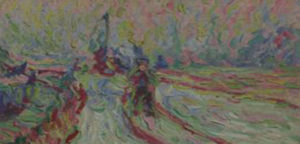
Exhibitions of the Bridge group
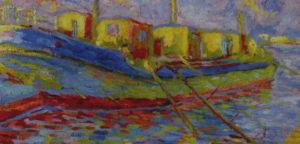
He traveled to Italy
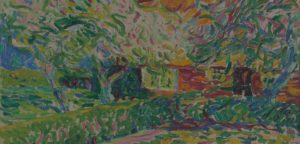
He worked in the Baltica
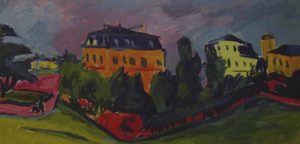
Collaborated with Kirchner in the painting of the chapel
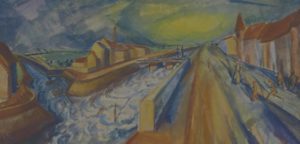
He married Siddi-Milde Frieda Georgi
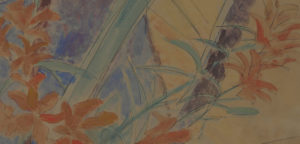
Traveled around Europe
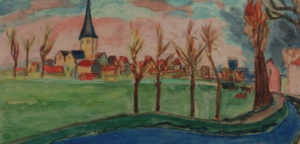
The artist suffered the war in Berlin
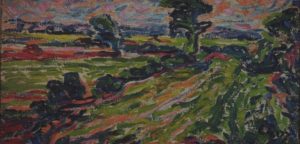
Before the retirement, he worked as a professor at the High School of fine arts of Karlsruhe
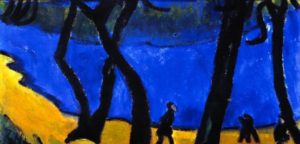
The retrospective exhibition
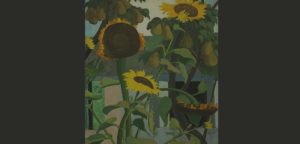
The death
